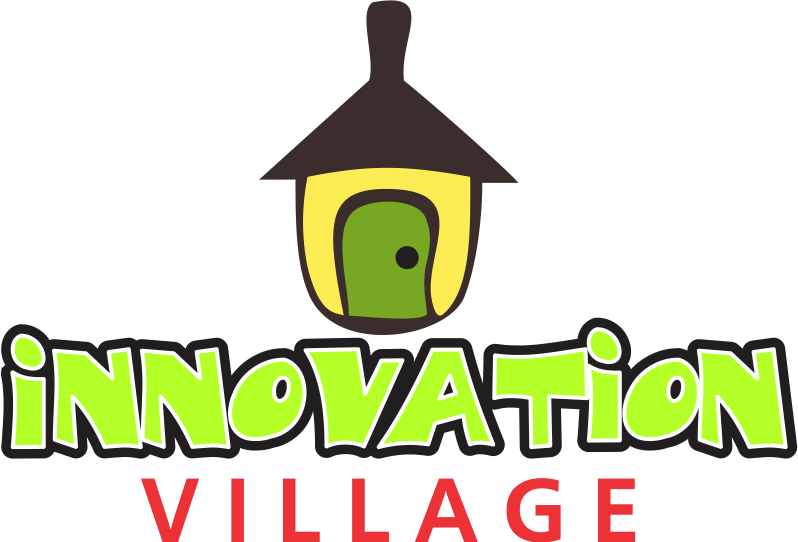You know, for most of us, the idea of “upgrading” a phone is about getting a better camera or a faster processor. We debate whether the new iPhone is worth it. But there’s an entirely different conversation happening right now, and it’s not about luxury—it’s about a lifeline.
It’s about the fact that right now, more than three billion people on this planet live in places with mobile internet coverage, but they can’t use it. Why? Because the phone itself is too expensive. In Sub-Saharan Africa, this is the single most significant barrier to getting online. Not a lack of towers, but a lack of a device.
But a massive new coalition just formed to fix this, and it’s a BFD (Big… Deal).
The $30 “What If?”
This all came to a head at the Mobile World Congress in Kigali. The GSMA, the global industry body for all mobile operators, brought together six of the most prominent players in Africa in one room. We’re talking Airtel, Orange, Ethio Telecom, and, of course, our own Vodacom and MTN.
They’ve formed something called the “GSMA Handset Affordability Coalition,” and they’ve set a goal that sounds almost impossible: to create a good, entry-level, 4G smartphone that costs $30 (about R520/45,000NGN).
Why $30? The GSMA ran the numbers.
- A $40 smartphone could bring an additional 20 million people in Sub-Saharan Africa online.
- But a $30 handset? That could connect up to 50 million new people.
As the GSMA’s chief, Vivek Badrinath, put it, “Access to a smartphone is not a luxury – it is a lifeline.” He’s right. It’s access to banking, to education for kids, to health information, to running a small business. This isn’t about TikTok; it’s about economic survival and participation.
The Two-Sided “Why”
This isn’t just charity. There’s a powerful business reason for MTN and Vodacom to do this. The Customer’s “Why” is obvious: Get a phone, get online, get a chance to join the digital economy.
The Operator’s “Why” is more complex:
- Too Many Networks: As MTN’s former CEO, Charles Molapisi, explained, South African networks are currently running four generations of technology at the same time: 2G, 3G, 4G, and 5G. He called it “too many layers” to manage, and it’s costly and inefficient.
- You Can’t Leave People Behind: They want to shut down the old, slow 2G and 3G networks. But they can’t just… abandon the millions of customers who still rely on them. The only way to migrate them is to get them a 4G-capable phone.
- The Payback: Here’s the real bet. MTN’s own data from their R99 phone initiative showed that when a user moves from an old feature phone to a 4G smartphone, their data consumption goes up significantly.
So, the operators are willing to subsidise these phones, lose money on the device itself, because they are betting that they will make that money back (and more) in future data sales. It’s a “Spend money to make money” strategy that just so happens to align perfectly with closing the digital divide.
So, How Do You Build a $30 Phone?
It’s a two-part mission.
Part 1: The Manufacturers
You can’t just ask a company to make a $30 phone. The whole point of this coalition is to send a “powerful signal” to manufacturers. By uniting, these six giant operators are creating a massive, guaranteed customer base.
They’re not just asking; they’re providing a shopping list. The coalition is developing a set of minimum baseline specifications for the phone. This means agreeing on the bare minimum for RAM (memory), camera quality, battery life, and screen size that makes a phone “smart” and usable, not just a piece of junk.
Part 2: The Governments
This is the other half of the battle: taxes.
In many countries, smartphones are hit with heavy import duties and “luxury” taxes. It’s a massive part of the final price. South Africa actually provides the perfect example. The country had something called an ad valorem tax.
- Quick Definition: Ad Valorem Tax: It’s just a fancy Latin phrase meaning “according to value.” It’s a tax (like VAT) based on a percentage of the item’s price. In SA, this was a 9% excise duty on imported phones.
Earlier this year, after a lot of lobbying, Finance Minister Enoch Godongwana announced they were scrapping that 9% duty on any device costing R2,500 or less.
The GSMA is now holding this up as the example, urging other African governments to do the same. If you want your citizens online, you can’t tax the very device that gets them there.
The “Cloud Phone” Twist
This push has already led to some weird, creative tech. Take Vodacom’s R249 phone, made by Mobicel. At first glance, it looks like an old-school feature phone. But it’s a “cloud phone.”
It only has 48MB of RAM (for comparison, a new iPhone has 8,000MB). It can’t possibly run WhatsApp or Facebook. So, it doesn’t. The apps live “in the cloud” (on a powerful server somewhere else), and the phone streams them, kind of like a tiny, simple terminal.
It’s a clever, bare-bones solution to the same problem. This whole $30 plan is the next giant leap. It’s an admission that the old way isn’t working, and the only way to get the next 50 million people online is for the biggest rivals to work together and build the bridge themselves.


